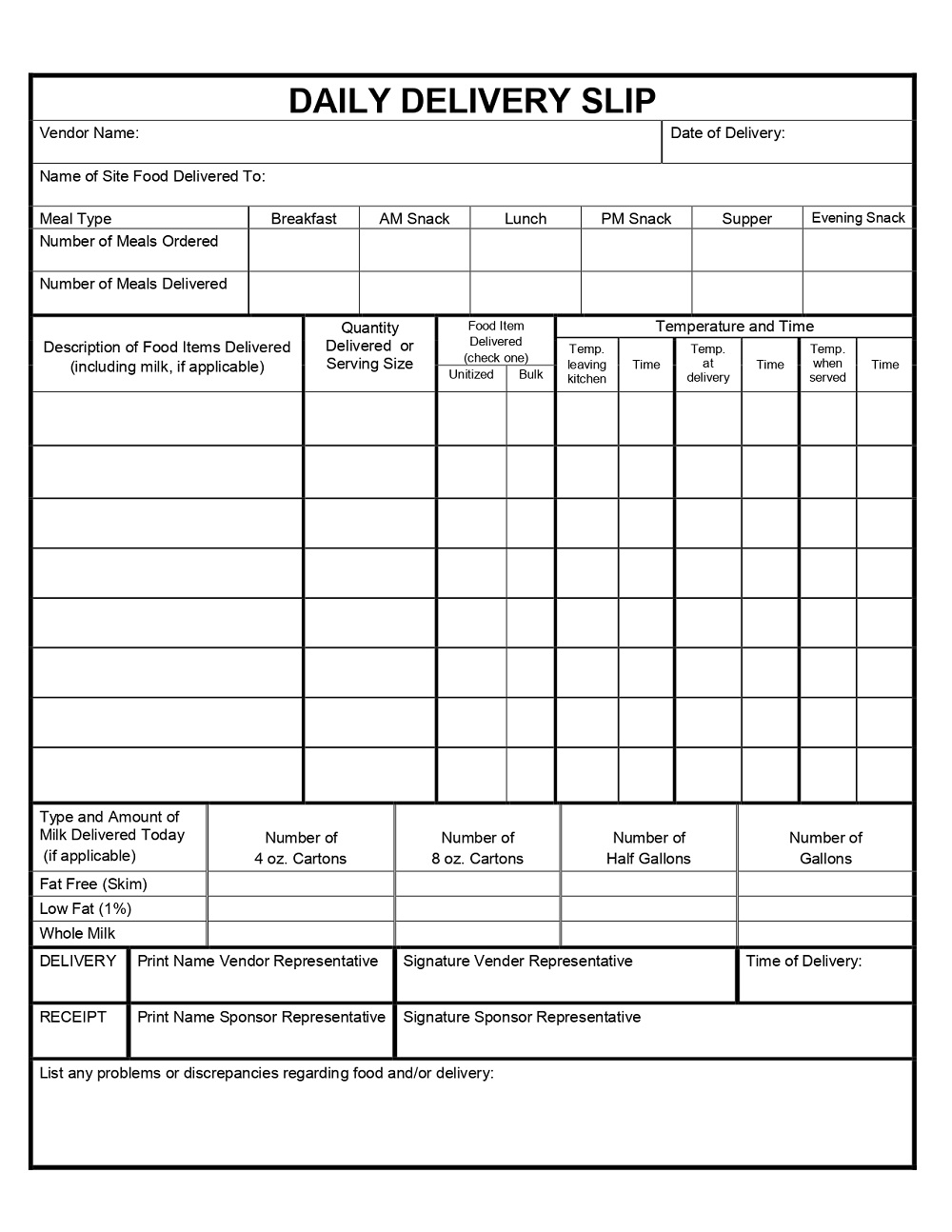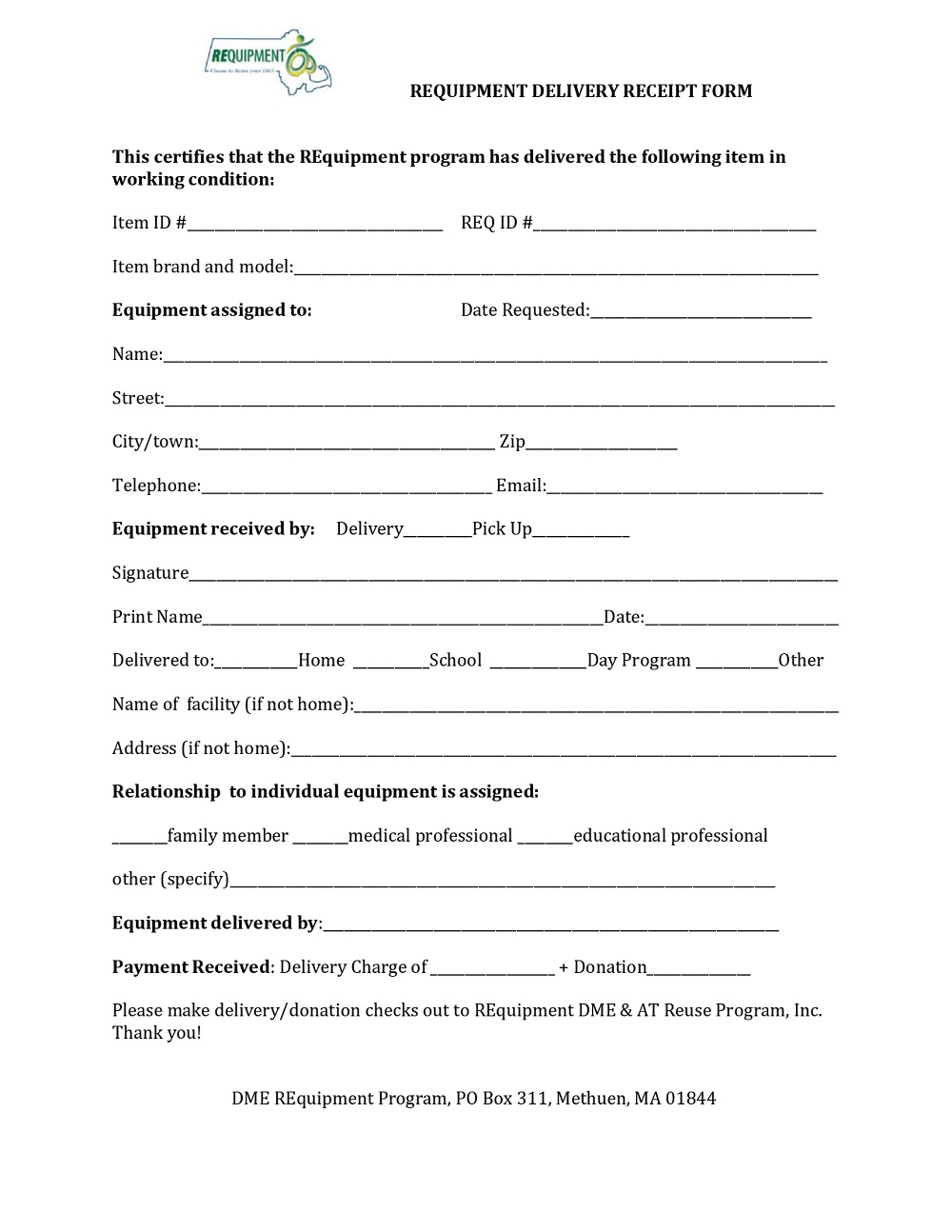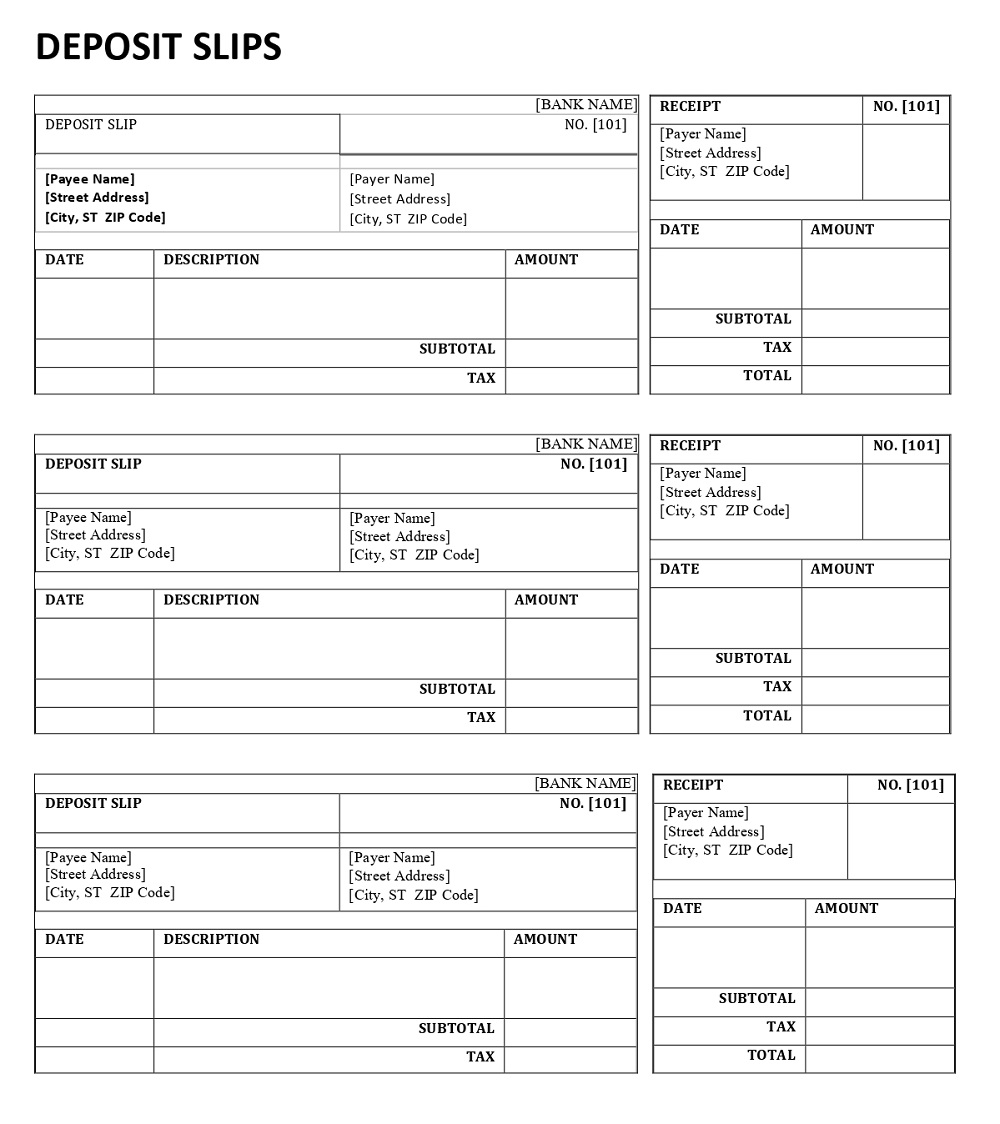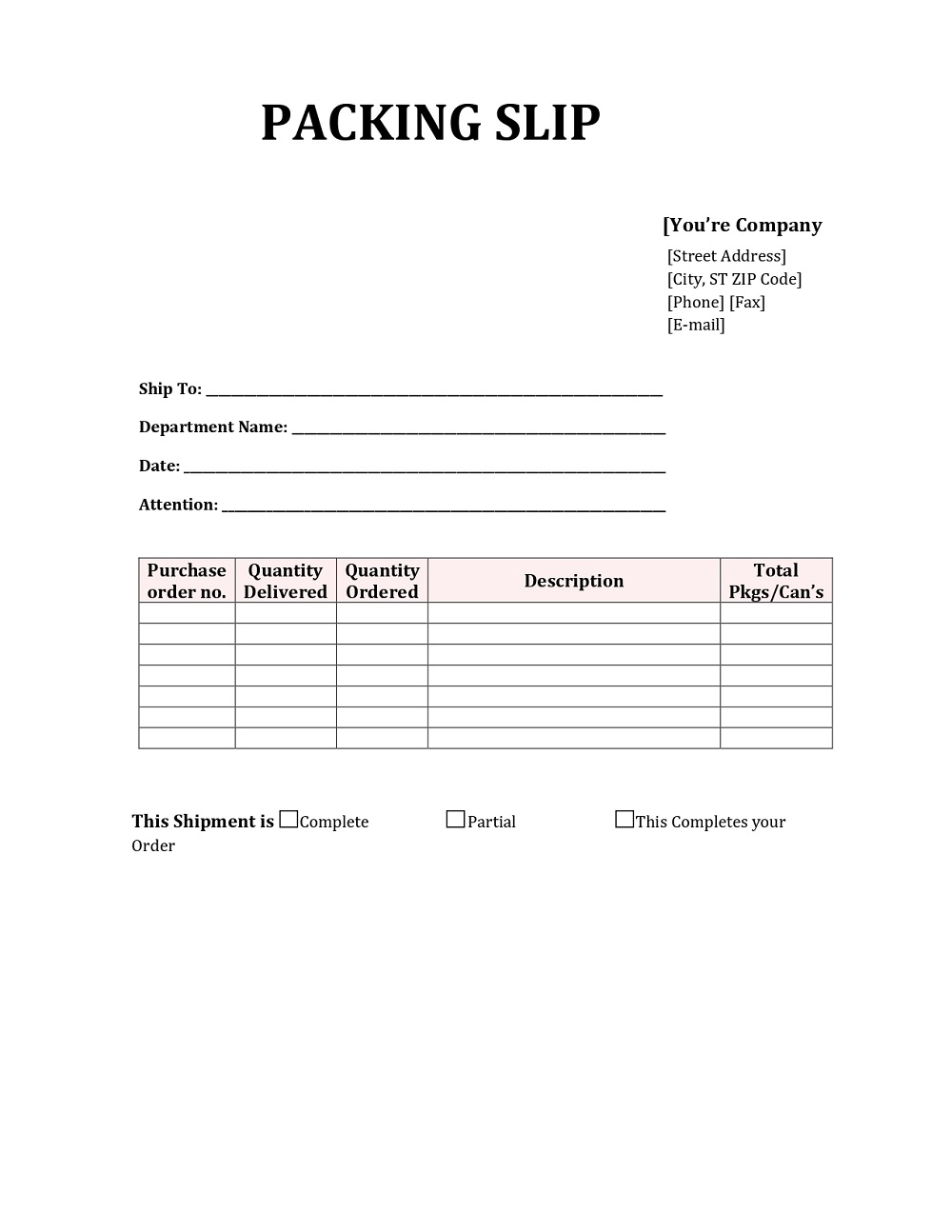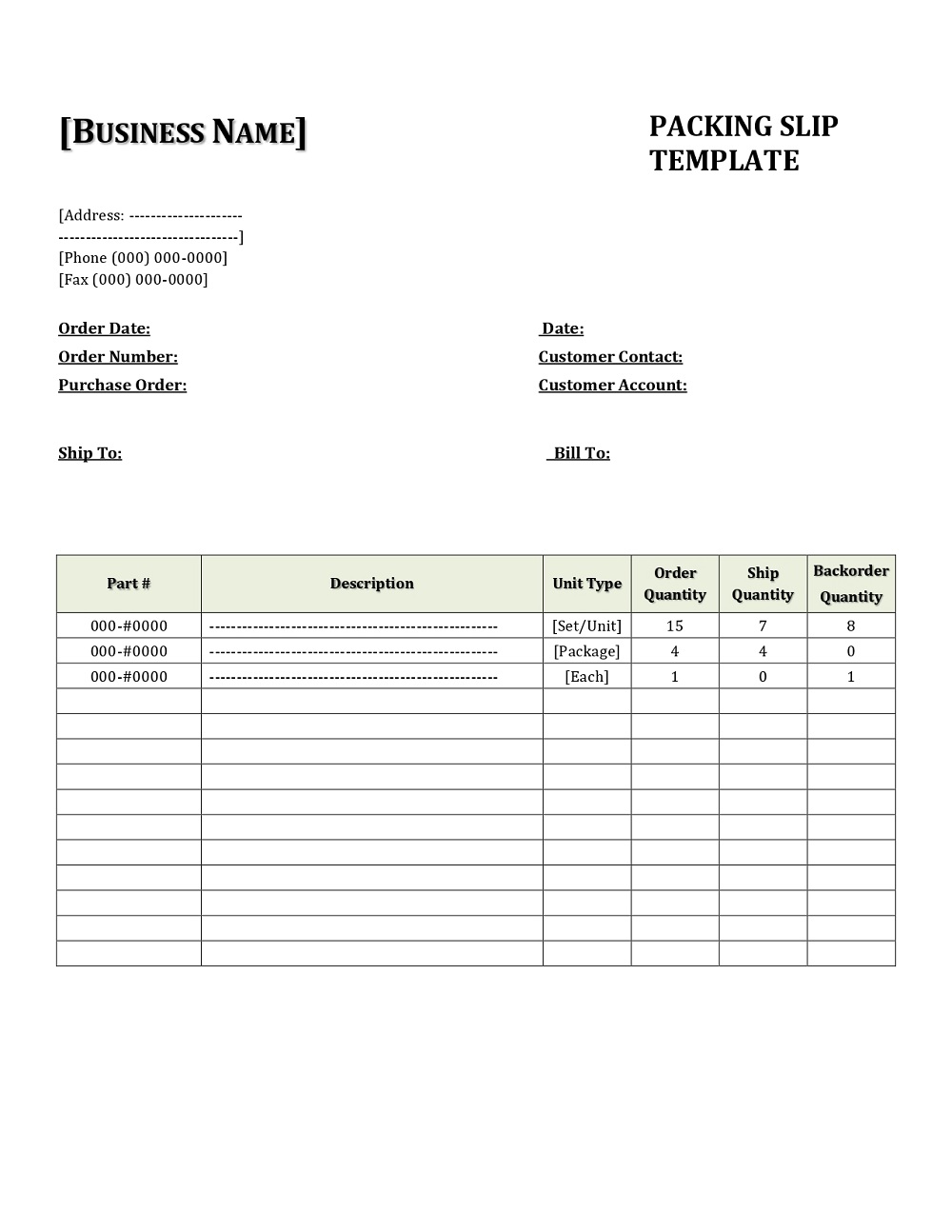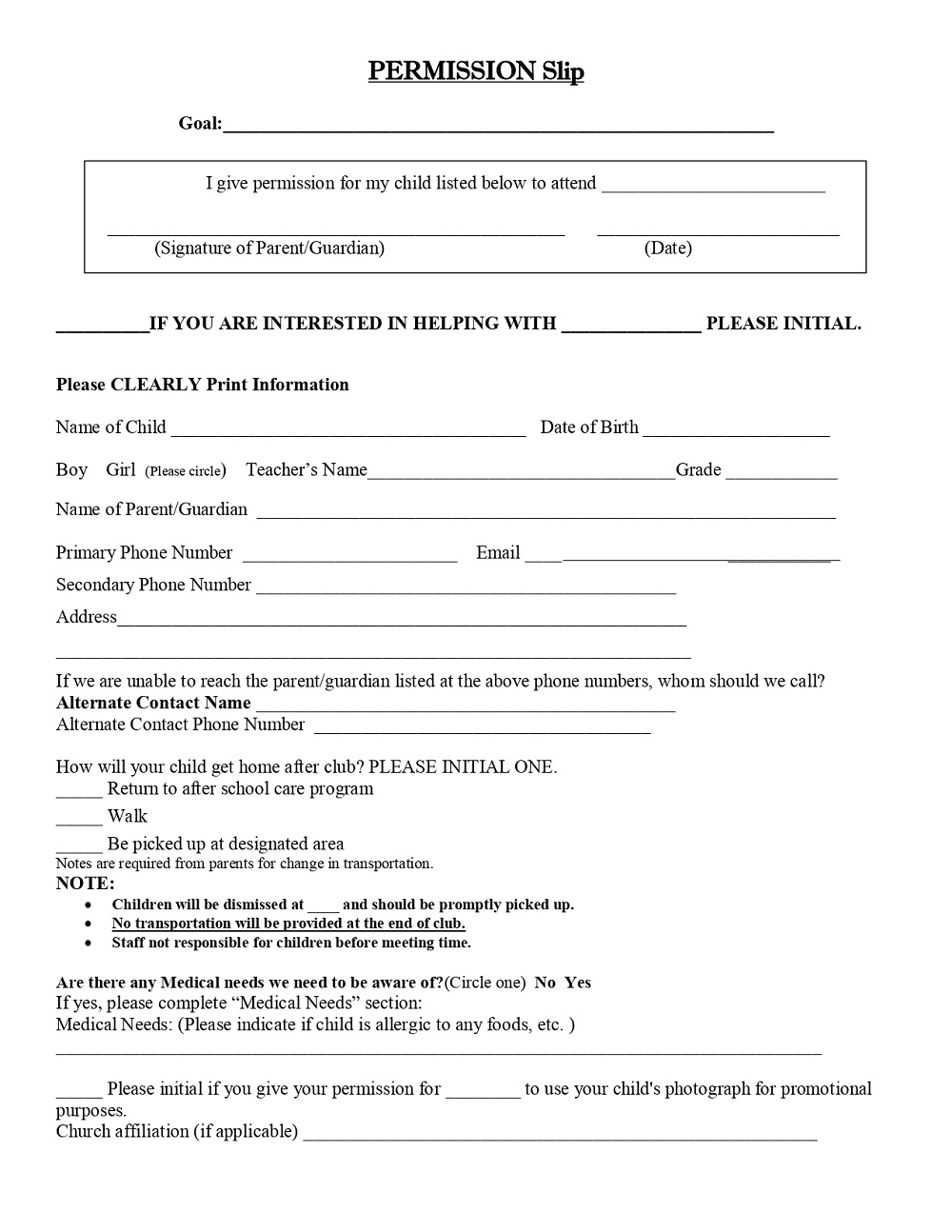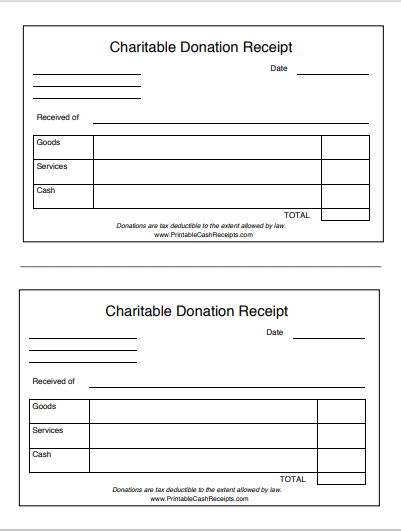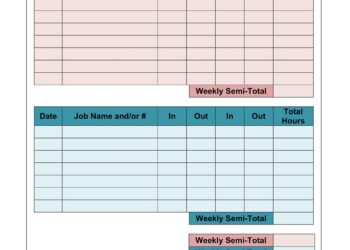In today’s fast-paced world, efficient and organized documentation is crucial for businesses and organizations to run their business smoothly. Blank slip templates have emerged as valuable tools that simplify the process of creating and managing various types of slips, such as payment slips, delivery slips, or acknowledgment slips. Browse our collection of professionally designed blank slip templates and samples help to make your transaction smooth.
By utilizing blank slip templates, businesses save valuable time and effort in creating slips from scratch. These templates provide a ready-made structure, eliminating the need to design and format slips each time. The information collected on the Blank Slip Template can then be used for various purposes such as accounting, record-keeping, reporting, and other valuable purposes. In this article, you’ll know about the use of blank slip templates effectively, and its importance, and get free printable slip templates and samples available in Word, Excel, and PDF format.
Types of Slips Templates
- Delivery Slip
- Deposit Slip
- Packing Slip
- Permission Slip
- Salary Slip
Delivery Slip
Delivery Slip is used to document the delivery of goods or services to customers. A Delivery Slip Template is a valuable tool used by businesses to document and track the delivery of goods or services to customers. It serves as proof of delivery and provides important details related to the shipment. The delivery slip includes details such as the recipient’s name and address, a description of the items delivered, quantity, delivery date, and any accompanying notes or instructions.
Delivery Slip 01 |
Delivery Slip 02 |
Deposit Slip
A deposit slip is a convenient way to add money to your bank account. Using a deposit slip allows you to make deposits quickly and easily, as it provides all the necessary information for the bank to process your transaction. You can fill out a deposit slip manually or use online banking services to add funds quickly and securely. By filling out a deposit slip, you are ensuring that your money is transferred into the correct account in a reliable timeframe. Knowing how to properly fill out and submit a deposit slip ensures that all of your banking needs can be met efficiently.
Deposit Slip 01 |
Deposit Slip 02 |
Packing Slip
A Packing Slip, also known as a Packing List or Shipping Slip, is a document used in the logistics and shipping process to itemize and track the contents of a shipment. It provides detailed information about the products being shipped, serving as a record for both the sender and the recipient. The Packing Slip plays a crucial role in ensuring accurate and efficient order fulfillment and serves as a reference for verifying the contents of the shipment upon delivery.
Packing Slip 01 |
Packing Slip 02 |
Permission Slip
A Permission Slip is a formal document used to grant or seek permission for a specific activity or event. It is commonly used in educational settings, such as schools or organizations, to obtain consent from parents or guardians for their child’s participation in off-site trips, special events, or other activities. The Permission Slip serves as a written record of authorization, ensuring that parents or guardians are informed about the details of the activity and can make an informed decision regarding their child’s participation
Permission Slip 01 |
Permission Slip 02 |
Salary Slip
A Salary Slip, also known as a Payslip or Pay Stub, is a document provided by employers to their employees that outlines the details of their salary, deductions, and other financial information. It serves as a record of the employee’s earnings and deductions for a specific pay period, typically on a monthly or bi-monthly basis. The Salary Slip is an essential document for both employers and employees as it ensures transparency in salary calculations, facilitates accurate record-keeping, and enables employees to understand the breakdown of their salary.
Salary Slip 01 |
Salary Slip 02 |
Benefits of Using Blank Slip Templates
Using slip templates offers several benefits for businesses operating in different industries. For example, if you run an e-commerce store or provide services online, using a slip template will help you keep track of customer payments and make sure that all payments are accounted for properly. Additionally, blank slip templates can also be used to create invoices that can be sent to customers who have made purchases from your store or website. Using blank slip templates offers numerous benefits for businesses and organizations. Here are some key advantages:
Standardized Format
Using blank slip templates establishes a standardized format for all slips within your organization. This ensures consistency in the information captured, making it easier to understand and analyze the data. Standardization also promotes professionalism and enhances the overall image of your business.
Versatile and Customizable
Blank slip templates provide a versatile platform that can be customized to meet the specific needs of different businesses. Whether you require payment slips, delivery receipts, or acknowledgment forms, these templates offer flexibility in design and content, allowing you to adapt them to your organization’s branding and requirements.
Time and Effort Savings
Blank slip templates save valuable time by eliminating the need to create slips from scratch. The ready-made structure allows for quick input of information, reducing administrative tasks and allowing employees to focus on more critical responsibilities.
Ease of Use
One of the most significant advantages of using blank slip templates is their ease of use. With a blank slip template, all you need to do is enter the information for each item into a standardized form, then print out as many copies as you need. This eliminates the labor-intensive process of handwriting labels for each individual item, which can be incredibly time-consuming.
Eliminate Human Error
Another benefit of using blank slips is that they eliminate human error from your labeling process. By entering data into a standardized form instead of handwriting labels, you can minimize errors associated with misreading handwriting or incorrectly entering data into a spreadsheet. This helps ensure that your labels remain accurate and consistent throughout your inventory system.
Enhanced Accuracy
Blank slip templates help improve the accuracy of documentation by ensuring that all necessary information is included. The template prompts users to fill in key details, reducing the risk of omitting important data. This enhances accuracy in record-keeping, financial reporting, and customer communication.
Improved Communication
Blank slip templates facilitate effective communication between different stakeholders. By providing a consistent format, these templates make it easier for customers, suppliers, and employees to understand and interpret the information presented on the slips. This promotes clear and concise communication, minimizing misunderstandings or errors.
Streamlined Record-Keeping
Blank slip templates contribute to streamlined record-keeping practices. With standardized slips, businesses can easily organize and archive important documentation. This simplifies retrieval processes, enhances data management, and ensures compliance with record-keeping regulations.
Professional Appearance
Utilizing blank slip templates elevates the professional appearance of your business. Consistently designed slips with your organization’s branding create a cohesive and polished image, instilling confidence in customers and business partners.
Essential Elements of a Slip
When creating a slip, there are several essential elements that should be included to ensure clarity and accuracy. These elements may vary depending on the type of slip and the specific requirements of your organization. Here are some common essential elements of a slip:
- Header: The slip should have a clear header that identifies the purpose of the slip, such as “Payment Slip,” “Delivery Slip,” or “Acknowledgment Slip.” This helps to categorize and differentiate slips for easy reference.
- Date: Include the date the slip is created or issued. This provides a reference point for tracking and record-keeping purposes.
- Recipient Information: Include the recipient’s name, address, and contact details. This information is essential for identification and communication purposes.
- Sender Information: Include the sender’s name, organization, address, and contact details. This helps to identify the source of the slip and allows for communication if needed.
- Slip Number or Reference: Assign a unique slip number or reference code to each slip. This facilitates tracking, record-keeping, and retrieval of slips when needed.
- Description of Transaction: Clearly describe the purpose or nature of the transaction. For example, a payment slip should include details about the payment, such as the invoice number, payment amount, and payment method.
- Itemized Details: If applicable, provide an itemized breakdown of the goods or services being transacted. This could include quantities, descriptions, unit prices, and total amounts for each item.
- Signature or Confirmation: Depending on the nature of the slip, provide space for the recipient to sign or acknowledge the transaction. This validates the receipt or acceptance of the slip.
- Terms and Conditions: Include any relevant terms and conditions associated with the transaction, such as refund or return policies, payment terms, or delivery instructions. This helps to set expectations and ensures clarity between the parties involved.
It’s important to customize the essential elements based on your organization’s specific requirements and the purpose of the slip. By including these essential elements, you can create slips that provide clear information, facilitate efficient communication, and ensure accurate record-keeping. With a customizable slip template, you can easily add more fields to make it more detailed.
Useful Tips for an Effective Slip
In today’s business environment, the importance of effective slips cannot be understated. Whether it’s a payment slip, delivery slip, or acknowledgment slip, the quality and clarity of the information provided can greatly impact communication and transaction processes. Creating an effective slip requires attention to detail, clear communication, and a user-friendly design. Here are some tips for creating an effective slip:
- Keep it Simple and Clear: Ensure that the slip is easy to read and understand. Use concise language and avoid unnecessary jargon or complex terminology. Use a clean and organized layout with appropriate font sizes and spacing.
- Include Relevant Information: Include all necessary and relevant details on the slip. This may include names, addresses, transaction descriptions, dates, amounts, and any other specific information required for the particular type of slip.
- Use a Consistent Format: Maintain a consistent format across all slips to create a professional and cohesive appearance. This includes consistent placement of elements such as headers, dates, sender and recipient information, and signature sections.
- Design for Readability: Choose a font style and size that is legible and easy to read. Use appropriate headings, subheadings, and bullet points to enhance readability and help users quickly find the information they need.
- Provide Clear Instructions: If there are any specific instructions or actions required from the recipient of the slip, clearly communicate them. Use concise and straightforward language to avoid confusion or misunderstandings.
- Use Sequential Numbering: Assign a unique sequential number to each slip. This helps with tracking, referencing, and organizing slips, especially when dealing with a large volume of transactions.
- Ensure Accuracy: Double-check all information on the slip for accuracy before it is issued or provided to the recipient. Mistakes or inaccuracies can lead to confusion, disputes, or delays in processing.
- Maintain a Digital Copy: Create and maintain a digital copy of each slip for easier retrieval and storage. This ensures a backup in case the physical copy is misplaced or damaged.
- Review and Improve: Periodically review and assess the effectiveness of your slips. Incorporate feedback from users, customers, or relevant stakeholders to identify areas for improvement and make necessary adjustments.
Conclusion
In short, no matter what type of business you’re running large or small, it’s essential to understand how important it is to use blank slip templates in order to maximize efficiency and accuracy when tracking payments made by customers or vendors. From creating invoices quickly and easily with minimal data entry errors to providing detailed records for accounting purposes, there are countless benefits associated with utilizing this powerful document management tool. So if you haven’t already done so now is the time to start leveraging the power of slip templates.
Reference Link


